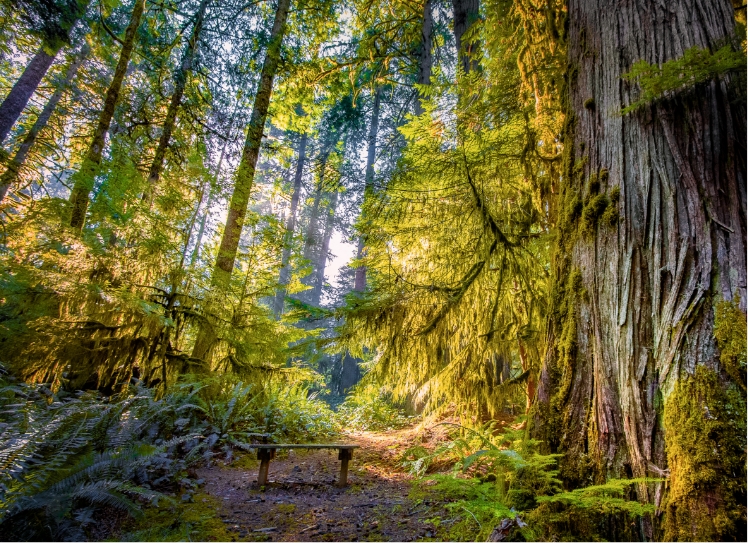Forest Stewardship
Contributing to a Reduced-Carbon Climate
Climate change poses significant risks to our communities, our ecosystems and our own business. By taking collective, decisive action today, however, we can shape a more resilient future.
Green Diamond’s impact on this challenge is uniquely informed by the nature of our business. That’s because, when it comes to technology to sequester and store carbon, the capacity of a well-managed forest remains unmatched. Our timberlands capture carbon and store it in living trees and soil—and a portion of it is re-released and re-captured in a natural, continuous cycle. These properties continue throughout the forest’s value chain, with carbon remaining stored in the long life of the wood-based end products produced from timber.

